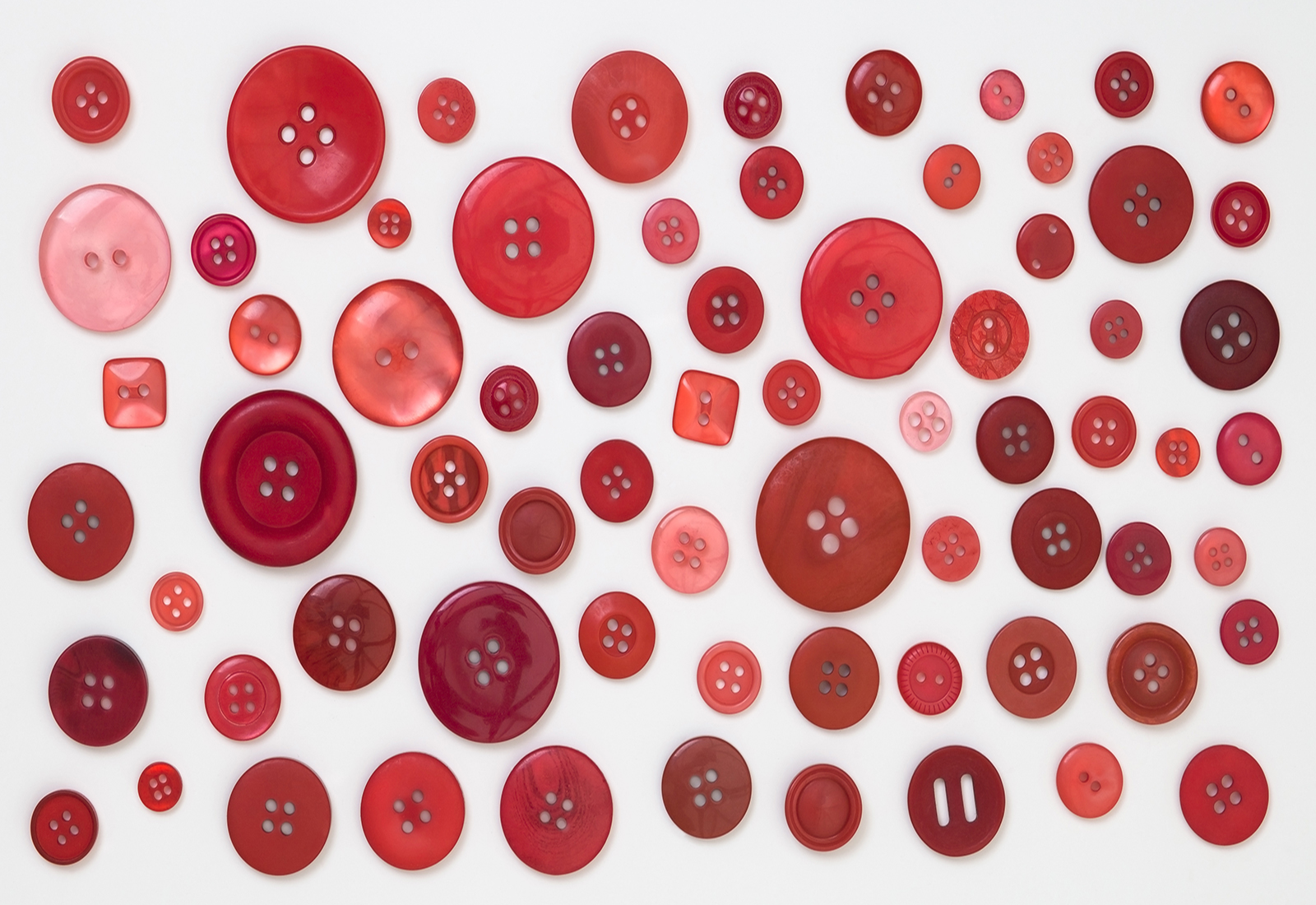When it comes to graphic design, we are entering a world of possibilities where through visual metaphors, we can communication, provoke sensations, or even change people’s behaviors by using a wide variety of graphic components.
If we want to produce a sensation that a certain kind of food is delicious, we must create a desire to eat it by using color, texture, a high quality photograph, etc. However, when an intention is to educate the recipient of the message about a product and its advantages, it is necessary to take a pedagogical perspective.
When designing educational materials, whether digital or printed, the designer's knowledge plays an extremely important role that requires experience.
Thinking about the conditions of who receives the message is fundamental to translate the graphic language to meet learning necessities in different areas of knowledge. It is necessary to deepen and understand how an environment can promote certain learning through the use of colors, typography and photography.
Another determining point is conceptualization, the design team should not be focused on the transaction at this point, but solely on analyzing what is necessary to communicate the learning objectives, design the thematic structure, and define the overall ideas that they are looking to communicate.
Designers run the risk of acting lightly, omitting many aspects that the education professional may have very clear, for these cases and in order to achieve the goal, it is advisable to act as a mediator that fulfills the function of translating into the themes in graphics.
From this point of view, we designers have a long way to go in terms of cognitive ergonomics, which is nothing more than the discipline that studies the cognitive aspects of the design of work systems. If we design a red button, it can be done in many ways, but its effectiveness will depend more on its correspondence with the button than on the button itself, and cognitive ergonomics would do just that.
With the participation of technology and the expansion of the digital world, communication with customers should not be limited to generating a transaction, but investing in personal relationships in which value is contributed. One of the most important values is knowledge. Hence, designers must be prepared to venture into new areas that are exploring virtual education, applications and educational games for mobile devices and always looking for the next frontier.
Julián Lara is a graphic designer at Mijo! Brands, leading creative digital marketing agency with offices in Mexico City, Guadalajara and Puerto Vallarta.
Julián studied at the University of Bocayá in Tuja, Colombia; He is currently studying to specialize in Marketing Management. He calls himself an “integral designer”, driven by a constant desire to learn and undertake new challenges. A lover of travel, dance and studio photography, he devotes much of his free time to training disciplines such as kickboxing or insanity.

